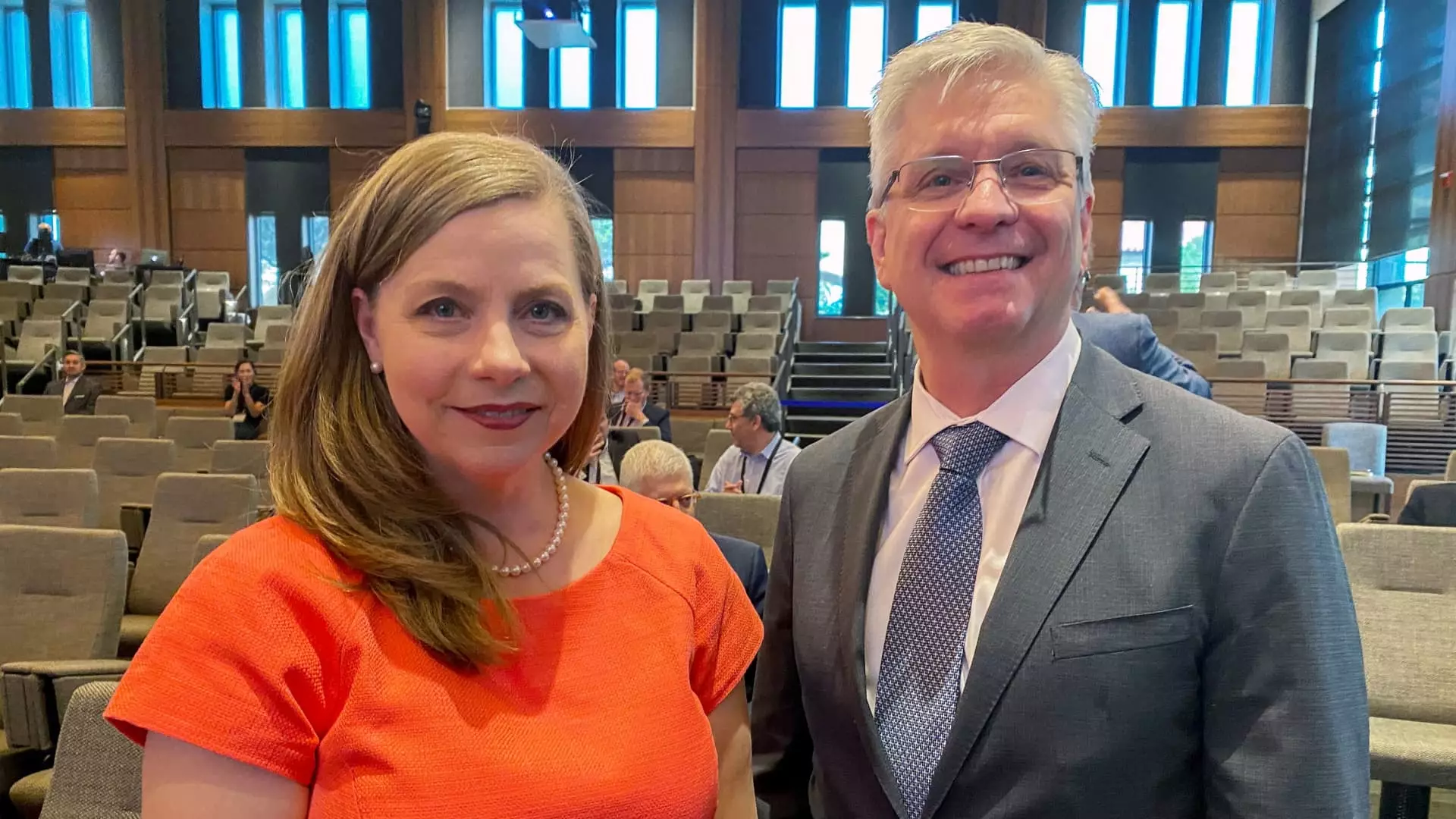The United States banking system is at a pivotal point following the unexpected resignation of Michael Barr, the Federal Reserve’s Vice Chair for Supervision. His departure opens the door for a new regulatory figure who is likely to align more closely with the interests of the banking industry. As financial markets respond to this shift, a clearer understanding of the implications for U.S. banks and the broader economy is crucial.
Michael Barr’s announcement that he will step down by next month, ahead of an anticipated legal conflict with the Trump administration, marks a significant change in the regulatory landscape. This decision accelerates Barr’s exit by nearly 18 months and signals an opportunity for the incoming administration to reshape its approach to financial oversight. With Donald Trump having previously expressed intentions to roll back regulatory measures, Barr’s early resignation alleviates a critical hurdle to realizing these objectives.
The banking sector has already shown signs of exuberance following Trump’s election, with stock prices climbing on speculation that liquidity and deals will flourish in a less regulated environment. The prospects of a new Treasury secretary with financial sector experience further amplify expectations of a relaxed regulatory climate, underscoring the prevailing optimism among financial institutions.
The exit of Barr generates a void that will soon be filled by a choice from Trump between two Republican nominees, Michelle Bowman or Christopher Waller, for the Vice Chair of Supervision. Bowman, in particular, has emerged as a strong candidate with a background that includes experience in community banking and regulatory roles. Observers note that her critical stance toward Barr’s proposals — notably the Basel III Endgame — suggests a direction that favors industry interests.
Bowman’s argument in November regarding the need for a more comprehensible regulatory framework reflects broader frustrations within the banking community about the Federal Reserve’s approach to stress testing and capital requirements. If Bowman assumes the role, her agenda may focus on reforms designed to address the opaque processes that have frustrated many banking executives. This could entail streamlining merger approvals and revising the often-criticized Fed stress test methods, potentially leading to a friendlier regulatory environment for banking institutions.
The Basel III Endgame, a comprehensive initiative aimed at reinforcing capital requirements for major banks, has been under Barr’s direction. Initial proposals sought to heighten capital demands significantly, positioning large banks to potentially withhold vast sums from distribution to shareholders. However, with Barr’s resignation, analysts predict that any intended revisions or reintroductions of the Endgame might shift towards more lenient measures that could favor the banks.
This anticipated pivot may liberate substantial capital, allowing banks to engage in stock buybacks or reinvest in operations, aligning with shareholder interests. Even so, it remains to be seen how new leadership will navigate the complex landscape of interagency cooperation on financial regulations, which has become increasingly vital as financial institutions push back against higher capital requirements.
Following Barr’s announcement, there was an immediate uptick in banking stocks, exemplified by a notable increase in the KBW Bank Index. Major players such as Citigroup and Morgan Stanley experienced significant gains, indicating market optimism regarding the forthcoming regulatory changes. This reflects a broader sentiment that leniency in regulation may enhance banks’ operational resilience and profitability.
Despite these developments, the current balance within the Federal Reserve remains intact, as Barr retains his position as one of the seven Fed governors. This continuity preserves the Democrats’ influence on the Fed board, ensuring that while supervisory powers may shift under a new Vice Chair, the overall direction of monetary policy could still reflect a broader spectrum of economic perspectives.
As the U.S. banking sector heralds the potential for a new regulatory era with the expected appointment of a pro-industry Vice Chair for Supervision, the implications are profound. The strategic navigation of regulatory frameworks in light of incoming leadership will become paramount in shaping the future landscape of American banking. While banks may celebrate a loosening of constraints, the need for a balanced approach to financial regulation that serves both industry growth and consumer protection remains critical as the sector moves forward.

